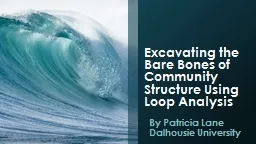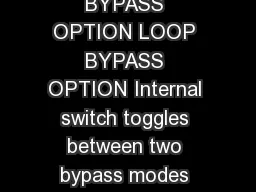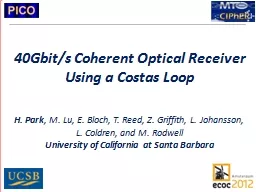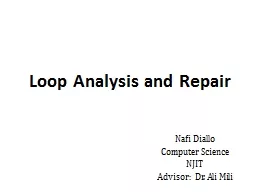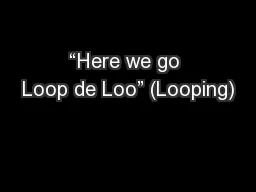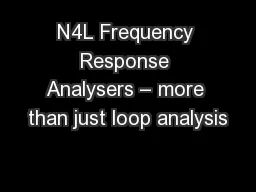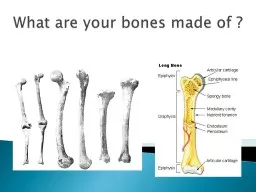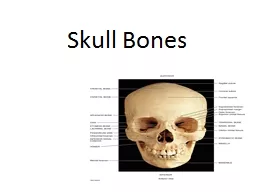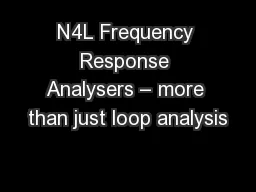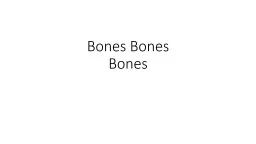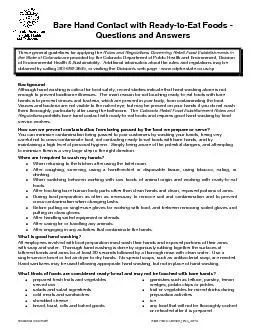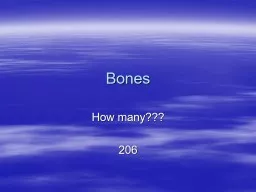PPT-Excavating the Bare Bones of Community Structure Using Loop Analysis
Author : ellena-manuel | Published Date : 2018-10-06
By Patricia Lane Dalhousie University Goal to illustrate how Dick Levins loop analysis is useful for analyzing complex systems using a marine ecosystem example
Presentation Embed Code
Download Presentation
Download Presentation The PPT/PDF document "Excavating the Bare Bones of Community S..." is the property of its rightful owner. Permission is granted to download and print the materials on this website for personal, non-commercial use only, and to display it on your personal computer provided you do not modify the materials and that you retain all copyright notices contained in the materials. By downloading content from our website, you accept the terms of this agreement.
Excavating the Bare Bones of Community Structure Using Loop Analysis: Transcript
Download Rules Of Document
"Excavating the Bare Bones of Community Structure Using Loop Analysis"The content belongs to its owner. You may download and print it for personal use, without modification, and keep all copyright notices. By downloading, you agree to these terms.
Related Documents

